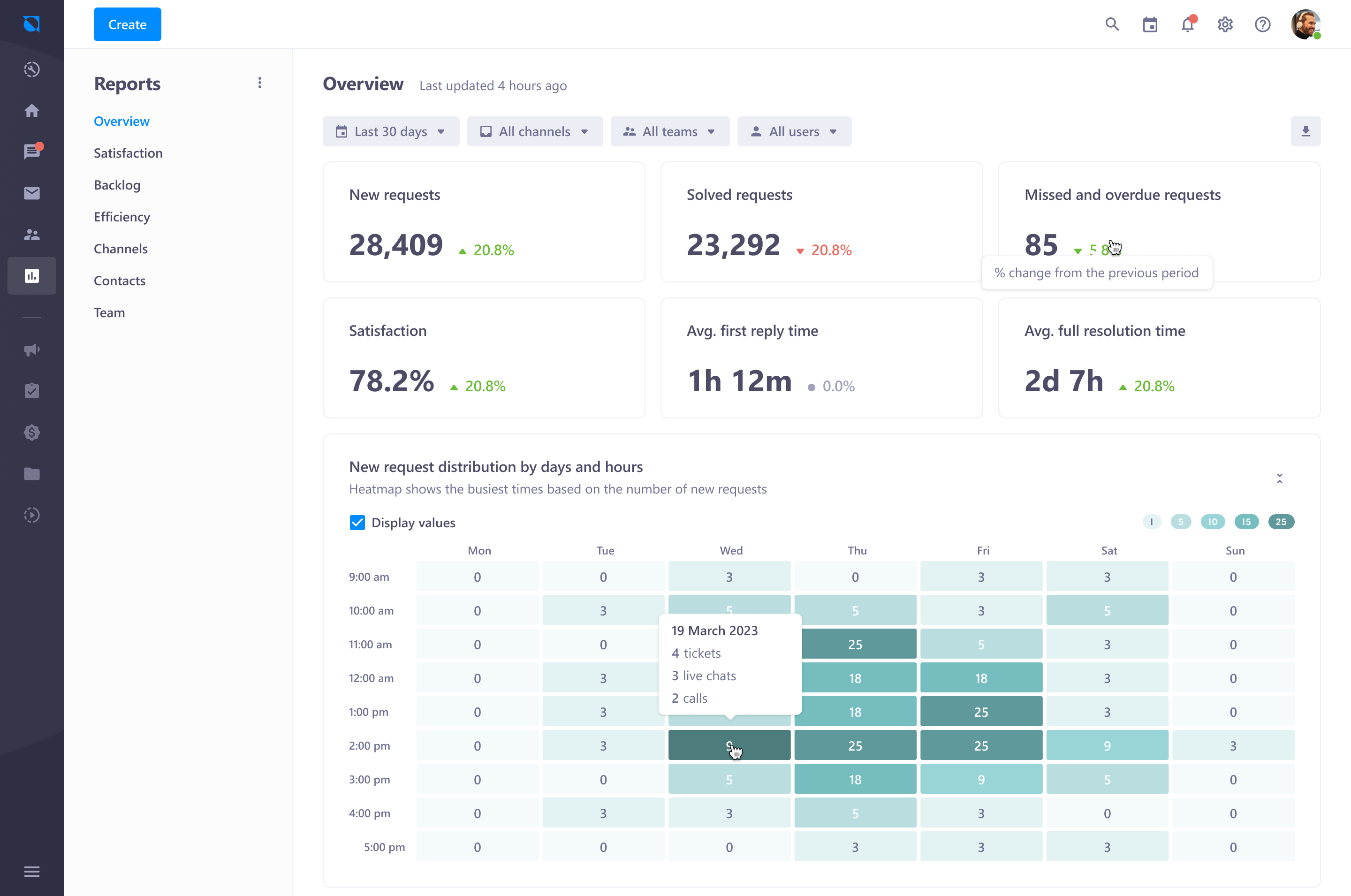Understanding SLA Response Time: A Guide for Service Providers
Understanding SLA Response Time: A Guide for Service Providers
Blog Article
In the current aggressive business landscape, customer support quality is non-negotiable. Among the essential facets that influence customer satisfaction can be your Support Level Contract (SLA) answer time. SLAs outline the expected time structures within which your group should respond to customer inquiries or issues. Declining to meet up these expectations can result in irritated customers and damaged reputations. Thus, ensuring your SLA response time meets or meets customer expectations is critical for long-term success.

1. Collection Practical and Distinct SLA Benchmarks
Establishing an SLA reaction time that aligns with both client objectives and your team's functions is the initial step. It's essential to define distinct, measurable criteria which can be reasonable yet challenging. Understand your customers' needs, the difficulty of one's company, and the methods open to your support team before setting these expectations. Aligning your SLA with industry criteria while contemplating your special company context can help assure you do not overpromise and underdeliver.
2. Power Automation for Faster Reaction Situations
Automation can considerably improve answer time and efficiency. Utilizing ticketing methods, automatic mail reactions, and chatbots can immediately accept customer inquiries, letting your support group to target on solving dilemmas more quickly. Automatic workflows may classify and prioritize passes, ensuring that high-priority issues are resolved first, further reducing result times.
3. Monitor and Improve Workflow Performance
Tracking your team's efficiency against SLA standards is critical for maintaining large levels of customer satisfaction. Typical monitoring of essential metrics like normal answer time and decision time can disclose inefficiencies in your workflow. Use these insights to streamline procedures, optimize reference allocation, and offer extra education to aid staff. Ensuring your group has the tools and knowledge to take care of issues easily is vital for staying within your SLA result time.
4. Implement Tiered Help for Various Difficulty Levels
Not absolutely all client problems are manufactured equal. By applying a tiered support structure, you can allocate assets more successfully, ensuring that more technical problems receive the attention they need without impacting result times for easier inquiries. This approach assists maintain a balance between rapid answers and thorough issue resolution.
5. Set Customer Objectives with Practical Interaction
Clear transmission is essential to managing customer expectations. If a problem can take longer to eliminate because of its complexity, alert the consumer promptly. By giving standard revisions, you show that you're positively focusing on their problem, which can keep confidence even when answer occasions are slightly delayed. Placing realistic objectives upfront helps build confidence and decreases frustration.

Conclusion
Conference your SLA reaction time is vital for client satisfaction and retention. By placing realistic standards, leveraging automation, optimizing workflows, applying tiered support, and sustaining hands-on connection, corporations may guarantee they regularly meet or surpass customer expectations. The effect is tougher client associations, improved service supply, and a competitive edge in the market. Report this page